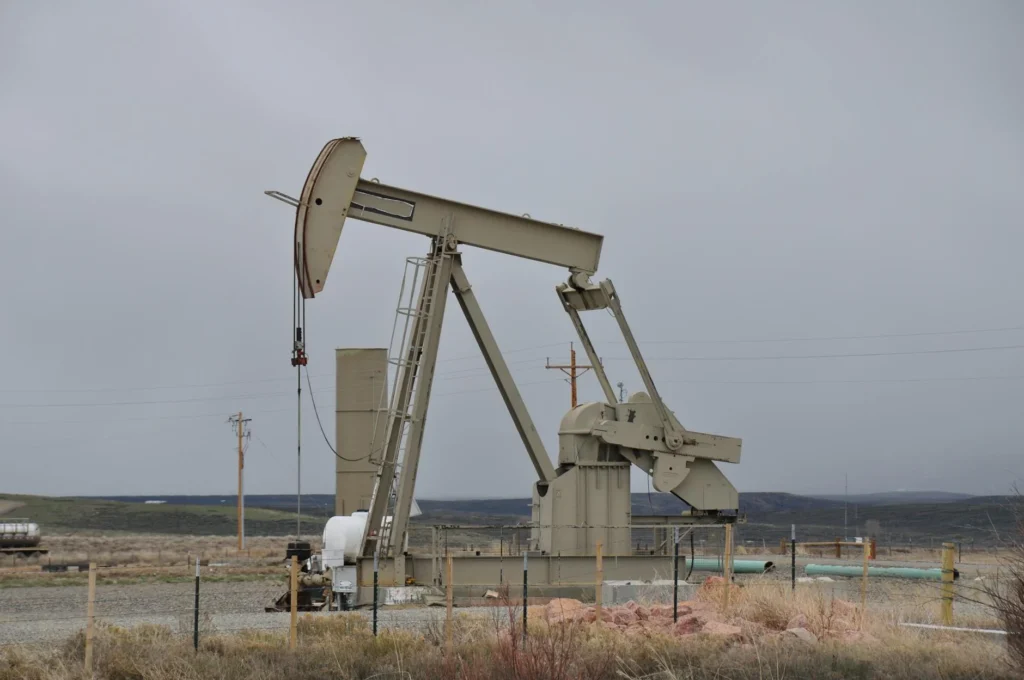Directional drilling changes the way we reach energy — it’s science, engineering, and innovation working miles beneath our feet.
🧭 Introduction
Directional drilling is one of the most significant technological advancements in the oil and gas industry. It allows drilling operators to access complex and remote reservoirs, maximize production, and reduce environmental impact — all while maintaining greater control over the wellbore path. In this post, we’ll walk through the fundamentals of directional drilling, its equipment, planning, techniques, and the future of this revolutionary approach.
🌍 Understanding Directional Drilling: A Revolutionary Approach
Unlike vertical drilling, directional drilling enables the wellbore to be steered in a controlled direction. This allows engineers to:
- Reach multiple targets from a single surface location
- Bypass obstructions
- Drill horizontally within thin reservoirs
- Improve production and reservoir exposure
It transforms resource access, especially in offshore and environmentally sensitive regions.
🛠️ Essential Equipment for Directional Drilling Operations
Directional drilling wouldn’t be possible without specialized tools and systems, including:
- Downhole Mud Motors: Provide mechanical rotation of the bit while the drill string remains stationary.
- Measurement While Drilling (MWD) Tools: Deliver real-time data on inclination, azimuth, and toolface.
- Logging While Drilling (LWD) Tools: Provide formation evaluation data (resistivity, gamma ray, porosity).
- Rotary Steerable Systems (RSS): Allow continuous rotation of the drill string while steering the bit precisely.
- Non-Magnetic Drill Collars: Ensure accurate readings from directional sensors.
📝 Planning a Successful Directional Drilling Project
Proper planning is critical. Key steps include:
- Defining Objectives: Identify reservoir targets and drilling goals.
- Well Path Design: Use software to model well trajectory and select appropriate build/hold/drop sections.
- Survey Data Analysis: Evaluate surface location, lease lines, and geological constraints.
- BHA Selection: Optimize Bottom Hole Assembly (BHA) for directional response and performance.
- Risk Management: Identify potential collision risks, fault zones, and doglegs.
🧾 Step-by-Step Directional Drilling Process
- Kickoff Point (KOP): Start deviating from vertical at a calculated depth.
- Build Section: Increase inclination at a fixed toolface angle.
- Hold Section: Maintain the required angle while drilling straight.
- Drop Section (if needed): Reduce inclination toward the target depth.
- Landing and Horizontal Section: Geosteering is often applied to remain within the pay zone.
- Well Logging & Final Surveys: Capture accurate data for future interpretation and evaluation.
🔬 Advanced Directional Drilling Techniques
Modern wells often use sophisticated techniques:
- Extended Reach Drilling (ERD): Reaches targets several kilometers away from the rig site.
- Multilateral Wells: Multiple wellbores from one main borehole increase reservoir contact.
- Geosteering: Real-time adjustments to the well path based on formation data.
- Automated Drilling Systems: AI and ML algorithms aid in steering, optimizing parameters automatically.
🚀 The Future of Directional Drilling Technology
With rapid digital transformation in oilfields, the future is promising:
- Autonomous Directional Drilling: AI-powered steering decisions with minimal human input.
- Enhanced Real-Time Data Analytics: Faster, more accurate interpretation of subsurface data.
- Digital Twin Technology: Simulates well conditions to predict outcomes before actual drilling.
- Eco-Friendly Drilling Practices: Precision targeting reduces surface footprint and environmental impact.

✅ Conclusion
Directional drilling is the backbone of modern hydrocarbon exploration. It combines intelligent planning, cutting-edge tools, and real-time data to deliver safe, efficient, and high-yield operations. Whether you’re an aspiring driller, MWD/LWD engineer, or petroleum student, understanding its fundamentals is essential to thrive in today’s energy sector.